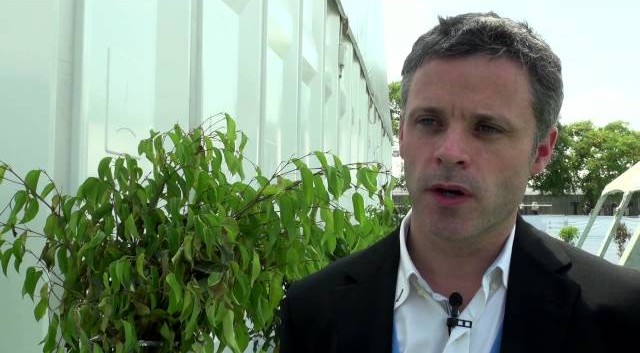LIMA, Peru—REDD+ payments alone may not be enough to overpower the economics of deforestation in some cases, the proponents of a REDD+ pilot project in Vietnam found.
Richard McNally, the REDD+ Global Coordinator for the Netherlands Development Organisation (SNV) was involved in the Cat Loc Landscape – Cat Tien National Park Pro-Poor REDD+ Project, located just north of Ho Chi Minh City, in one of Vietnam’s largest and best-known national parks.
The Cat Tien REDD+ project is among those analysed in a new book, REDD+ on the Ground: A casebook of subnational initiatives, published by the Center for International Forestry Research (CIFOR).
The project began in 2009 and aimed to reduce the forest degradation and deforestation happening around the Cat Tien National Park.
Early challenges included getting local communities—and national authorities—to understand some of the more technical elements of REDD+.
“Initially there was quite a cautious approach from the government and communities in terms of implementing this project,” McNally said.
This necessitated a series of capacity-building workshops on the issues with provincial and district authorities as well as communities.
But the bigger problem was economic, McNally said.
“Quite early on in the project we decided that the economics didn’t really add up. That the potential benefit able to be earned from REDD+ credits was quite far below the potential benefits from rubber expansion—a key driver of deforestation in the area.”
“We carried out a series of economic analyses of the area and quite soon it became clear that REDD+ as an economic incentive to protect the forest probably wasn’t strong enough in this case.”
This means SNV had to change its approach, instead trying to integrate REDD+ into the existing district and provincial level development patterns.
“What needs to be looked at is how we can see REDD+ as part of a broader package of development,” he said.
“How we put that into practice—or how the negotiators do—is probably quite challenging given the context of the international REDD+ agreement but certainly in terms of its application on the ground, from our experience it’s clear there’s a real need to see how we can integrate REDD+ further in to the existing development plans and practices.”
For more information about the topics of this research, contact William Sunderlin at w.sunderlin@cgiar.org.
CIFOR’s Global Comparative Study on REDD+ is supported in part by the CGIAR Research Program on Forests, Trees and Agroforestry and by NORAD, AusAID, DFID and the European Commission.
We want you to share Forests News content, which is licensed under Creative Commons Attribution-NonCommercial-ShareAlike 4.0 International (CC BY-NC-SA 4.0). This means you are free to redistribute our material for non-commercial purposes. All we ask is that you give Forests News appropriate credit and link to the original Forests News content, indicate if changes were made, and distribute your contributions under the same Creative Commons license. You must notify Forests News if you repost, reprint or reuse our materials by contacting forestsnews@cifor-icraf.org.

